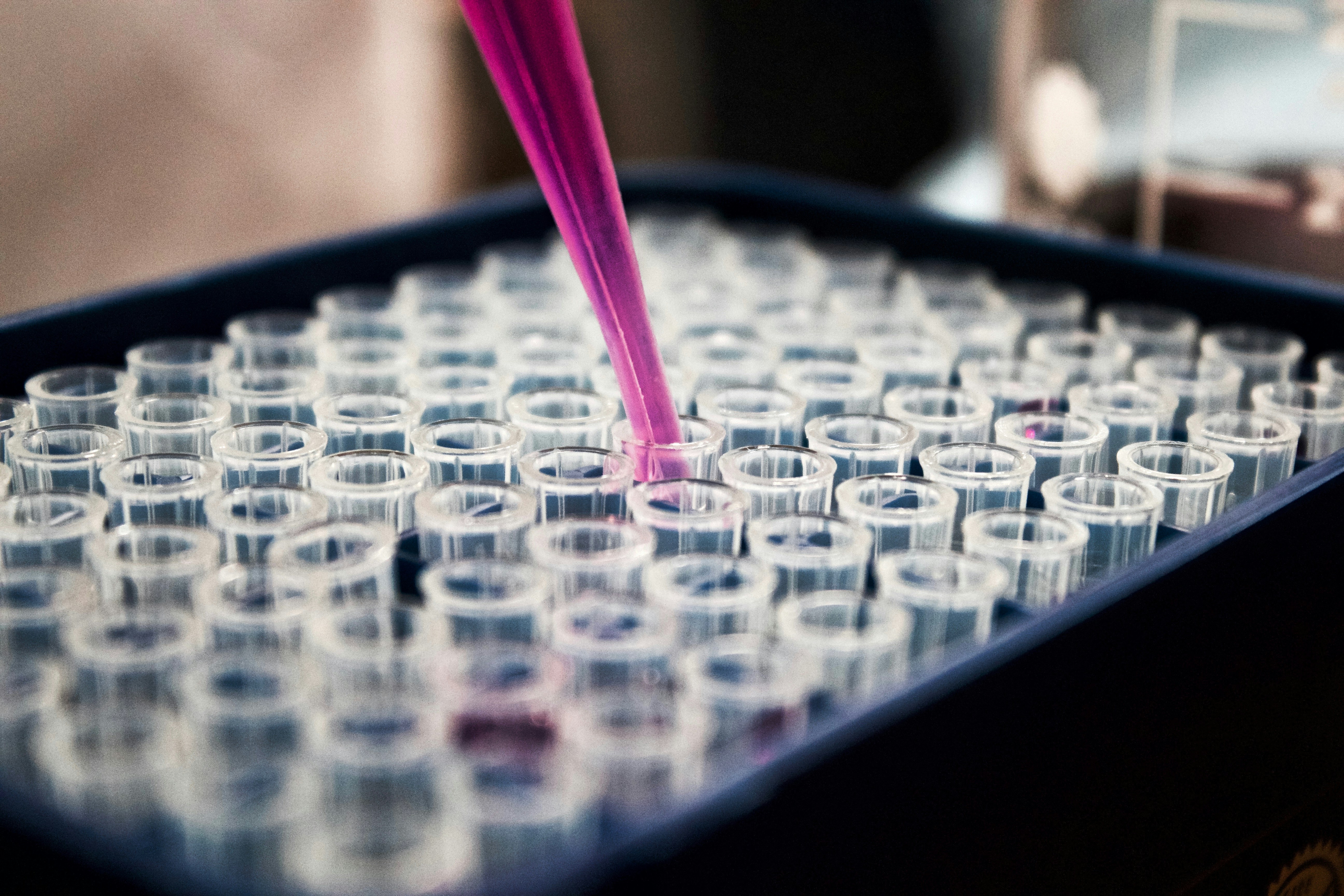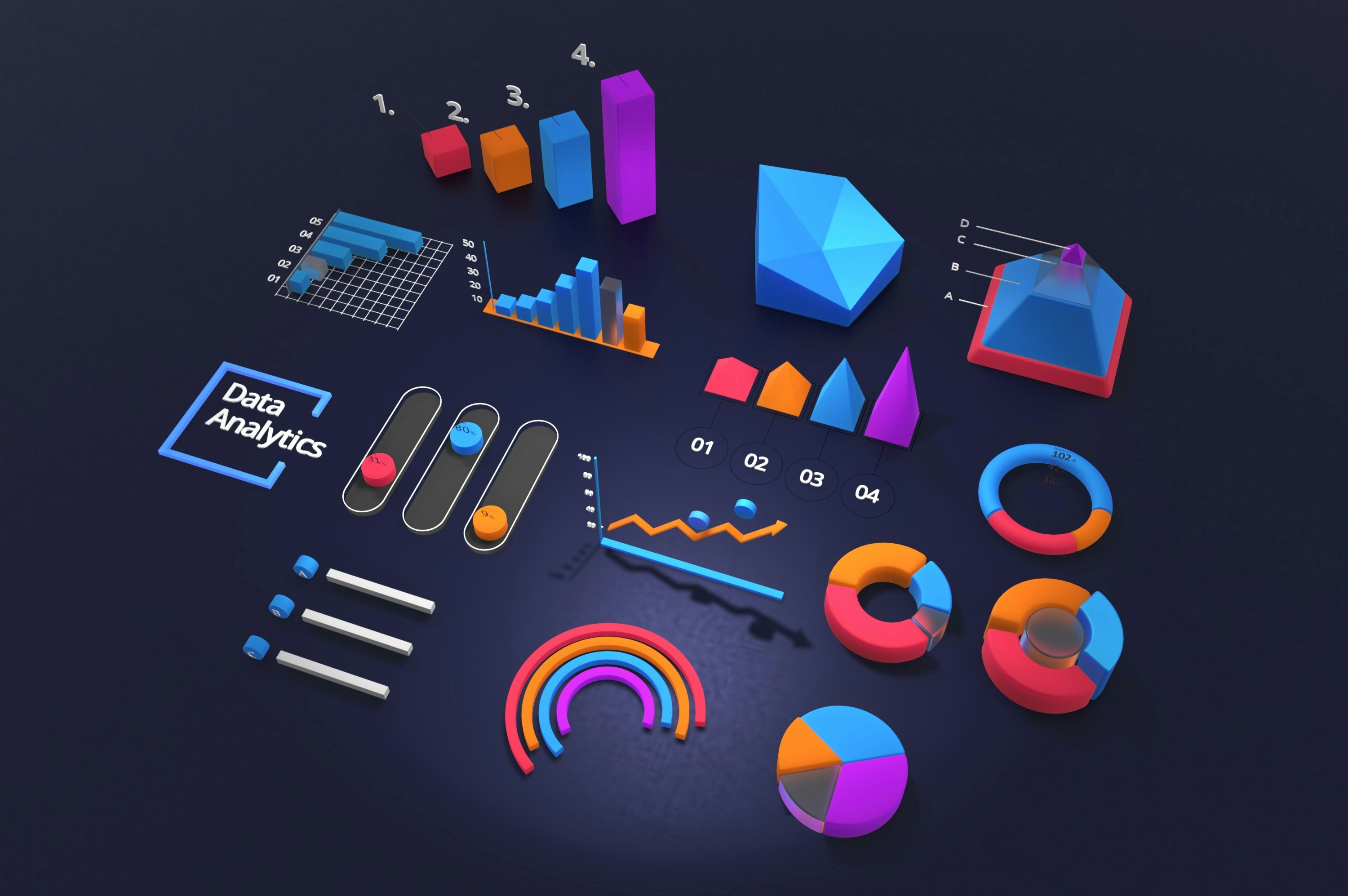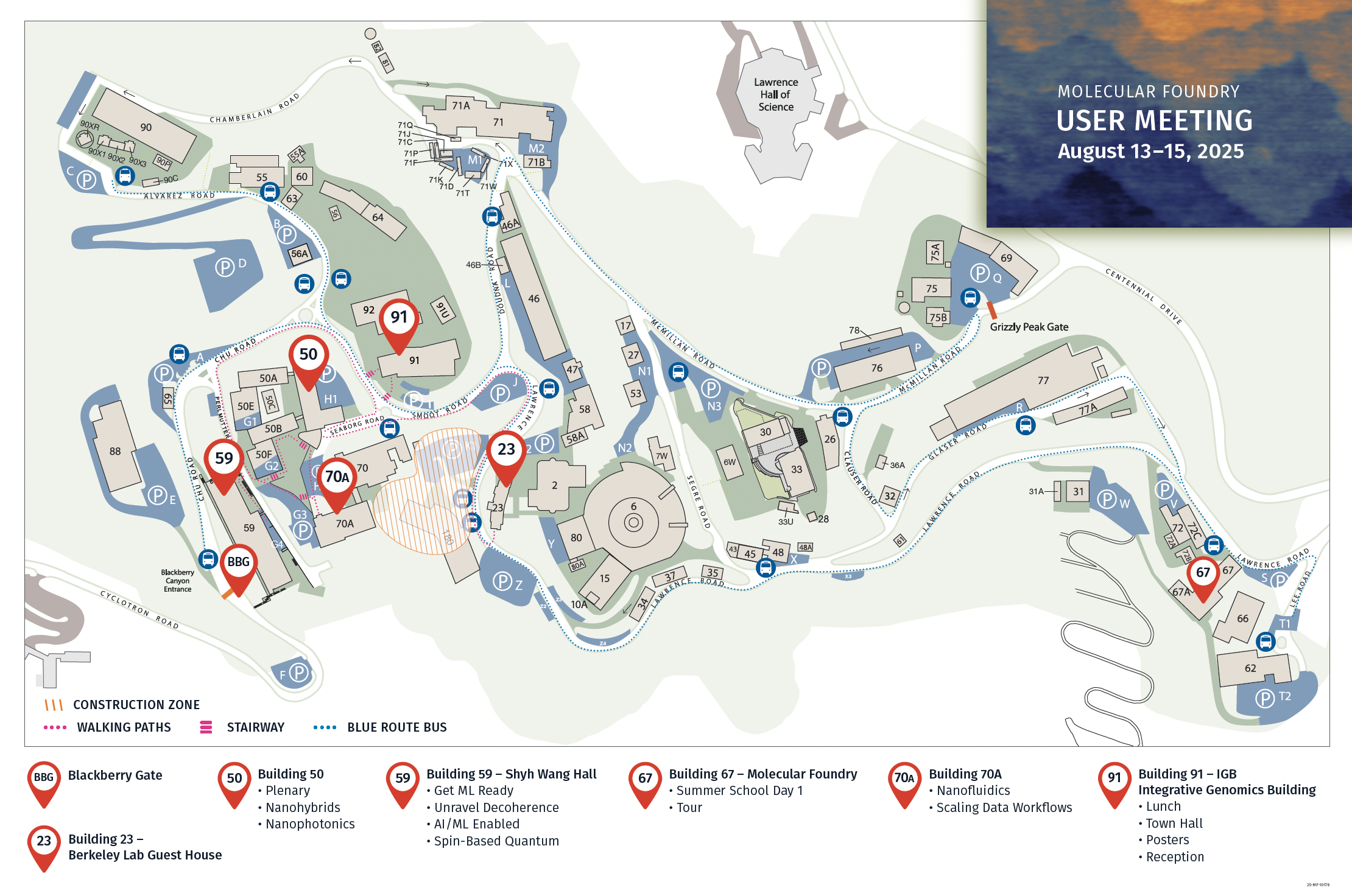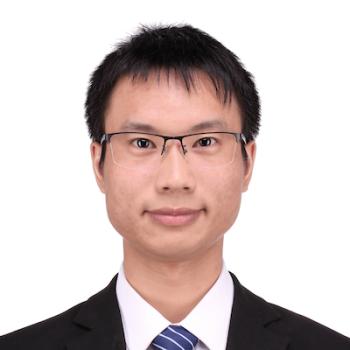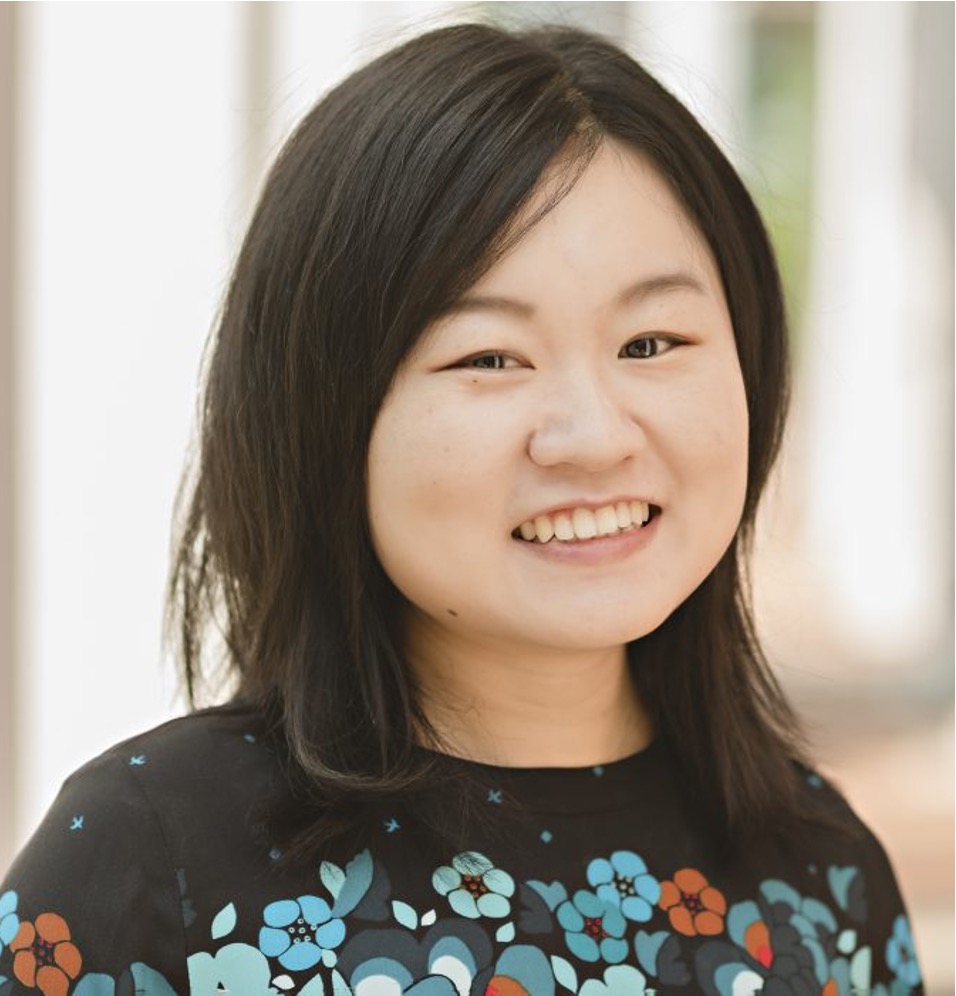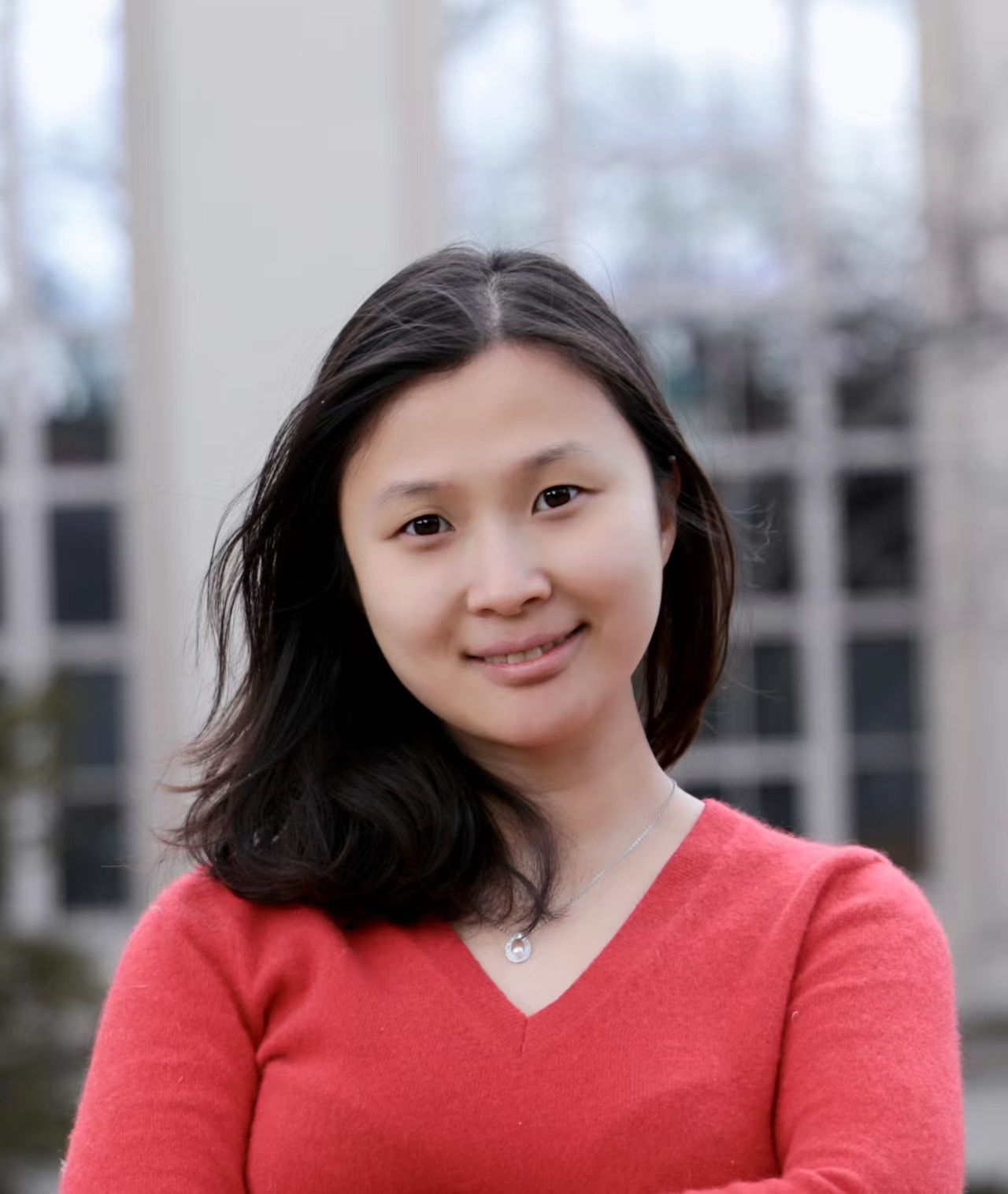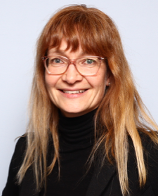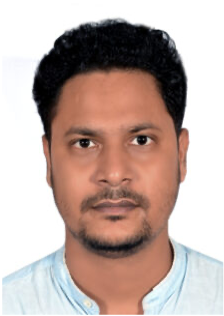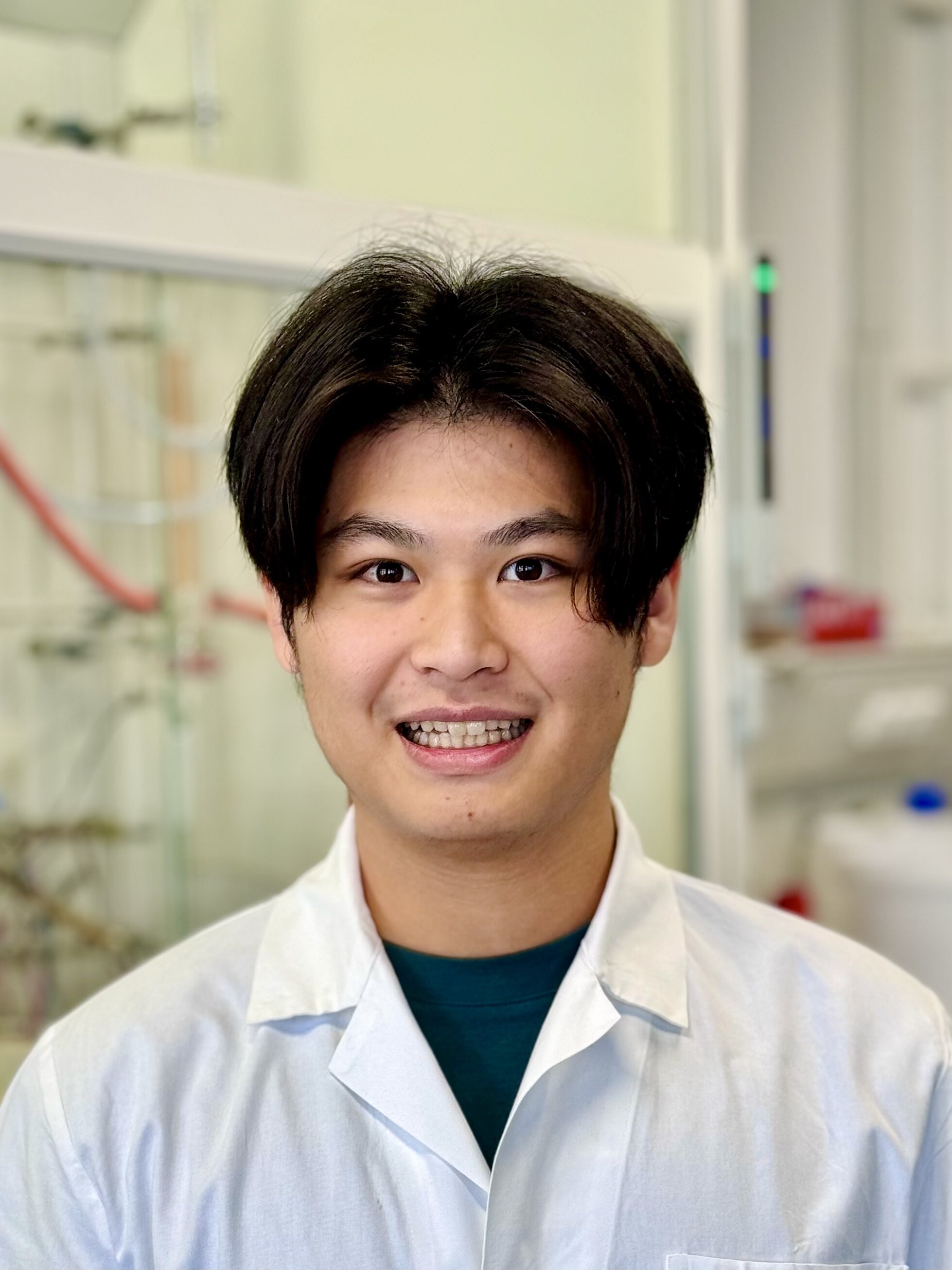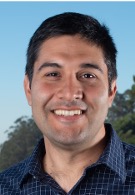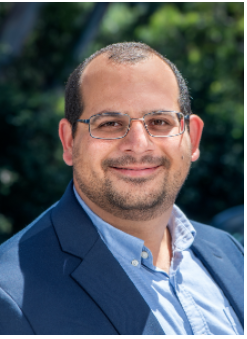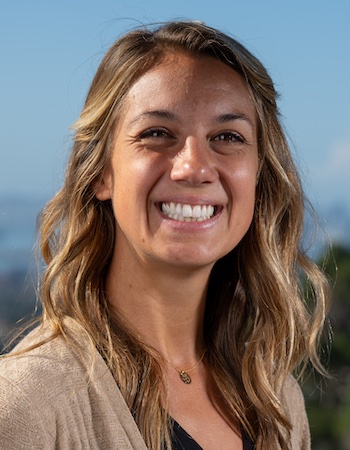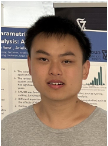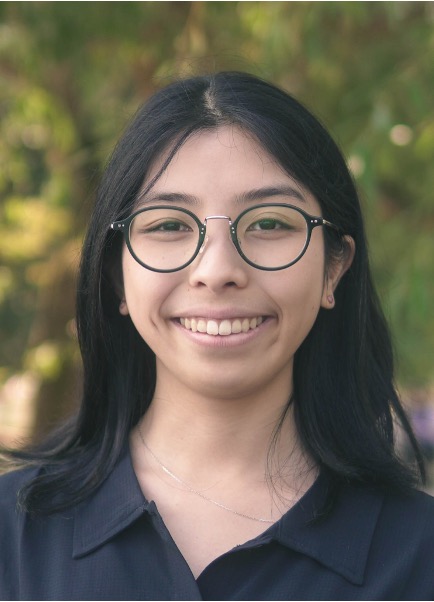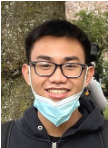Join us at the Lawrence Berkeley National Lab, CA, from August 13-15 for activities and workshops for applying machine learning to material science
Robotics and AI are regarded as transformative tools for scientific discovery and integral components of future laboratories. The primary goal of the summer school is to engage students in laboratory automation for the discovery of energy materials. Through lectures, coding tutorials, and robotic synthesis experiments, participants will explore closed-loop experiment design, machine learning, data handling and visualization, as well as hands-on lab work to create thin-film semiconductors using a robotic platform.
We aim to foster the development of the future workforce in materials science, engineering, computer science, physics, and related fields, anticipating that science and research will increasingly integrate artificial intelligence and machine learning (AI/ML).
The summer school is a 2.5 day event and open to all students and postdocs from interdisciplinary backgrounds. No prior coding experience is required. Participation in hands-on lab experiments is limited to selected participants due to space constraints.
Schedule
Get hands-on experience with robotic synthesis!
Apply active learning algorithms for material optimization!
Join leaders in the field for the AI/ML enabled Materials Development Symposium!
Map
Who is eligible to register for the summer course?
- Those registered for the 2025 Molecular Foundary Annual Meeting.
- Professionals, Postdocs, Graduate Students, Undergraduate Students.
All coding activities will have ChatGPT-assisted coding, so no Python or coding mastery is required.
Invited Speakers
Tanjin He, Argonne Labs
The explosive growth of AI/ML in materials science has largely been fueled by computational data which are abundant, diverse, and consistent. In contrast, training AI based on experimental data has been extremely challenging due to numerous fundamental challenges in obtaining, preparing, or sharing AI-ready data. The use of AI-ready data from both experimental and computational sources, as well as AI/ML workflows for experimental data interpretation, are essential for the development of autonomous laboratories. In this talk, we will discuss how we harness experimental multimodal data from scientific literature for spectroscopy informatics. By developing an agentic workflow that orchestrates different machine learning models, we automatically convert unstructured spectroscopy data from scientific figures and text into structured numerical data and metadata, which can serve as references for new spectroscopy experiments. This multimodal information retrieval approach lays the foundation for building large-scale experimental spectroscopy databases and developing spectral matching algorithms for autonomous materials characterization.
Luis Barroso-Luque, Meta
Recent advancements in machine learning (ML) potentials have significantly enhanced their accuracy and capability across various domains, such as catalysis, inorganic materials, and molecules. These achievements have been largely driven by the availability of extensive density functional theory (DFT) datasets. Over the past five years, the FAIR Chemistry team at Meta has developed and released some of the largest datasets in these areas. In this talk, I will present our latest work, which integrates these advancements into a single, unified model that sets or achieves near state-of-the-art accuracy across multiple materials science and chemistry benchmarks. By combining five of our datasets into the largest DFT training dataset to date, we have trained the Universal Model for Atoms (UMA), setting a new standard for universality and accuracy in interatomic potential modeling.Trained on approximately 500 billion atoms, the UMA marks a significant milestone towards a universal approach to modeling atomic interactions. Its innovative architecture, utilizing a mixture of linear experts, balances model capacity with inference speed. This work highlights the potential for a unified model to deliver exceptional performance across diverse domains, paving the way for more accurate and efficient simulations that can drive innovation in energy, environment, and healthcare.
Mengying Liu, Washington and Lee University
Quartz is one of the most commonly found materials on the earth’s surface and analyzing its crystal texture aids in tectonic movement detection and earthquake prediction. With its uniaxial optical anisotropic property, under a white polarized light, grains with different orientations in quartz reflect various color and intensity. Rotating thin section samples on a dark background while taking micrographs of surface under a polarized reflective light microscope, we can generate the light intensity and color reflected at each pixel. The periodically varied intensity and color can then be correlated to distinct grain’s c-axis orientation through a machine learning algorithm. This polarized reflective light microscopy particularly suitable for a larger field of view with numerous sub-millimeters size grains, offers a low-cost fast-screening option for rock texture analysis compared to Electron Backscatter Diffraction analysis.
Meet our Organizers
Shijing Sun
Univeristy of Washington
Assistant Professor
Carolin M. Sutter-Fella
Molecular Foundry
Staff Scientist
Experimental Instructors
Ansuman Halder
Molecular Foundry
Postdoc
Abby Hering
UC Davis
PhD Student
Rapha Moral
Molecular Foundry
Postdoc
Yi-Ru Liu
Molecular Foundry
PhD Student
Ed Bernard
Molecular Foundry
Staff Scientist
Data Science Instructors
Maher Alghalayini
Molecular Foundry
Postdoc
Morgan Wall
Molecular Foundry
Computer Systems Engineer
Shuan Cheng
Univeristy of Washington
PhD Student
Clara Tamura
Univeristy of Washington
PhD Student
Thong Nguyen
University of Washington
Undergraduate Student
